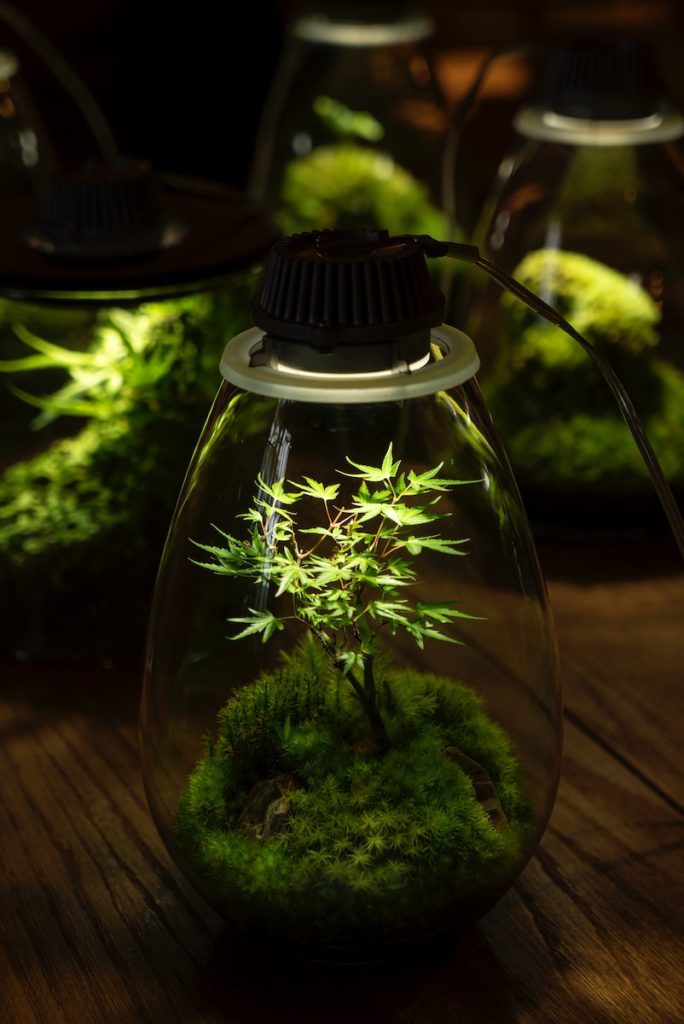Introduction
Successful gardening goes beyond just watering and soil; lighting plays a pivotal role in determining the health and vitality of your plants. Different plants have distinct light requirements, and understanding these needs is crucial for creating an environment where they can thrive. In this guide, we will explore the factors involved in evaluating your plants’ light requirements and how you can tailor your approach to ensure your green companions receive the ideal lighting conditions they deserve.

I. Plant-Specific Light Needs
Plants are incredibly diverse, and each species has evolved to thrive under specific light conditions. Consider the natural habitat of your plants – are they accustomed to direct sunlight, partial shade, or low light environments? A cactus, for instance, thrives in intense sunlight, while a fern prefers filtered light. Understanding your plants’ origins can provide valuable insights into their light preferences.
II. Assessing Light Intensity
Light intensity, often measured in foot-candles or lux, is a critical factor that determines whether your plants receive enough light to fuel photosynthesis. Tools like light meters and smartphone apps can help you measure light levels accurately. Be sure to research your plant’s light intensity requirements and adjust your indoor garden’s setup accordingly.
III. Light Duration and Photoperiods
The duration of light exposure and darkness, known as photoperiod, is another key consideration. Some plants, like Christmas cacti, require long nights to trigger flowering, while others, like succulents, might thrive with longer light exposure. Understanding photoperiods can help you mimic natural conditions and encourage the desired plant responses.
IV. Understanding Light Spectrum
The spectrum of light your plants receive matters just as much as its intensity and duration. Red and blue light wavelengths are crucial for photosynthesis, while other colors influence specific growth aspects. By adapting the light spectrum to your plant’s needs, you can control characteristics like stem elongation, leaf size, and flowering time.
V. Adapting to Growth Stages
As plants progress through their life cycle, their light requirements change. Seedlings need ample light to develop strong roots and leaves, while flowering plants require specific light conditions to produce bountiful blooms. Pay attention to these shifting needs and adjust your lighting setup accordingly.
VI. Monitoring Plant Responses
Your plants will communicate their light preferences through their growth patterns. If leaves become pale or start to stretch towards the light source, your plant might be signaling that it needs more intensity. Conversely, burnt or yellowing leaves could indicate excessive light exposure. Regularly observing your plants’ responses will guide you in making necessary adjustments.
VII. Experimentation and Fine-Tuning
Gardening is both an art and a science, and finding the perfect light balance often involves a bit of experimentation. Don’t be afraid to make small adjustments and observe how your plants react. Keep records of your changes and outcomes – over time, you’ll develop a deep understanding of what works best for your specific plants.
Conclusion
Mastering the art of evaluating your plants’ light requirements is a journey that involves observation, research, and a touch of trial and error. By considering factors like plant species, light intensity, duration, and spectrum, you can create an environment that encourages robust growth and thriving plant life. Remember, your plants are your guides; they’ll show you when they’re receiving the right amount and type of light. As you continue to refine your approach, your garden will flourish, becoming a testament to your dedication and understanding of the intricate dance between plants and light.
